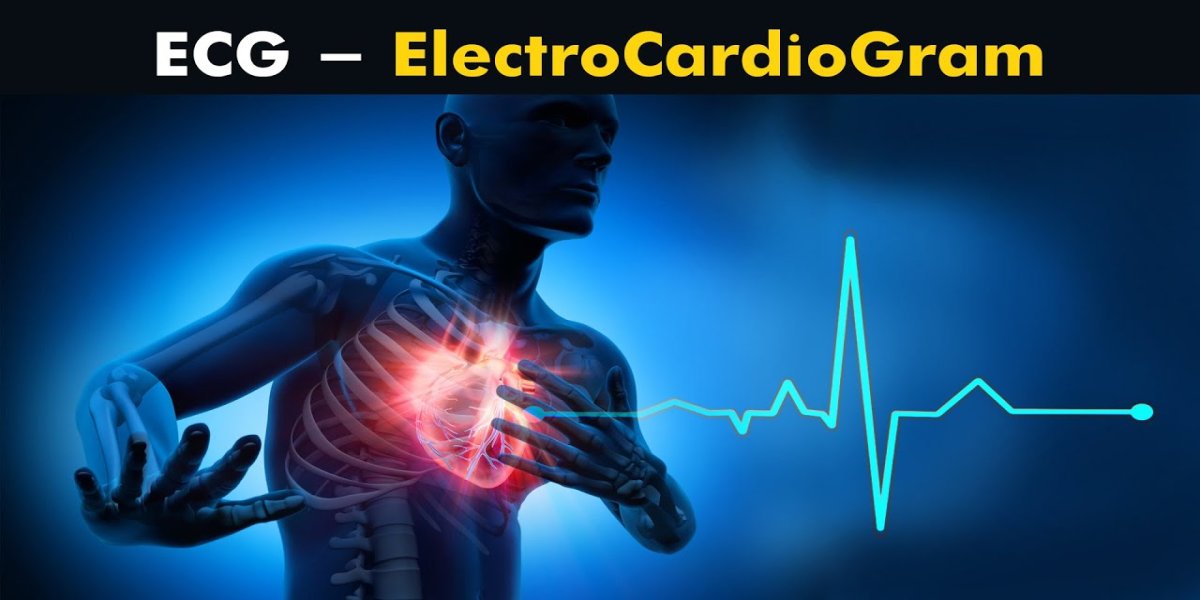What causes a pause in the P wave in the PQRS rhythm?
Ventricular escape
Junctional escape
Atrial escape
Sinus arrest
Which of the following is NOT a finding associated with hypokalaemia?
U waves
QT prolongation
T wave tenting
T wave flattening
Which of the following are lateral ECG leads?
I, aVL, V5, V6
V3, V4
V1, V2
II, II, aVF
Which of the following is strongly associated with QT prolongation?
Meropenem
Ceftriaxone
Benzylpencillin
Azithromycin
Which of the following is NOT an ECG feature of myocardial ischemia/infarction?
QT prolongation
ST elevation
ST depression
T wave inversion
Which of the following may manifest with ST depression?
Hypomagnesaemia
Hypermagnesaemia
Hypokalaemia
Hyperkalaemia
Which of the following is NOT a cause of sinus node dysfunction?
Lyme disease
Wolff-Parkinson-White syndrome
Idiopathic degeneration
Myocardial infarction
Where do the irregular impulses of atrial fibrillation classically originate from?
The pulmonary vein orifices
The intra-atrial septum
An area of scarring in the atrium
Tricuspid valve annulus
Which of the following medications would NOT slow the sinus rate?
Digoxin
Amlodipine
Diltiazem
Metoprolol
What is the direction of lead II on an ECG?
90 degrees
60 degrees
30 degrees
0 degrees
Which of the following cardiovascular risk factors is least associated with the risk of atrial fibrillation?
Obstructive sleep apnoea
Diabetes
Hypertension
Smoking
How many ms does 1mm on a standard ECG represent?
40ms
100ms
200ms
400ms
What score may be used to assess the stroke risk of a patient with atrial fibrillation?
CURB-65
Well's score
CHADSVASc
HAS-BLED
Which of the following is NOT a cause of wide QRS complexes?
Ventricular tachycardia
Pacemaker rhythm
AV block
Bundle branch block
What is the significance of a prolonged PR interval?
Delayed ventricular recovery
Prolonged ventricular contraction
Delayed atrial depolarization
Prolonged atrioventricular conduction time







